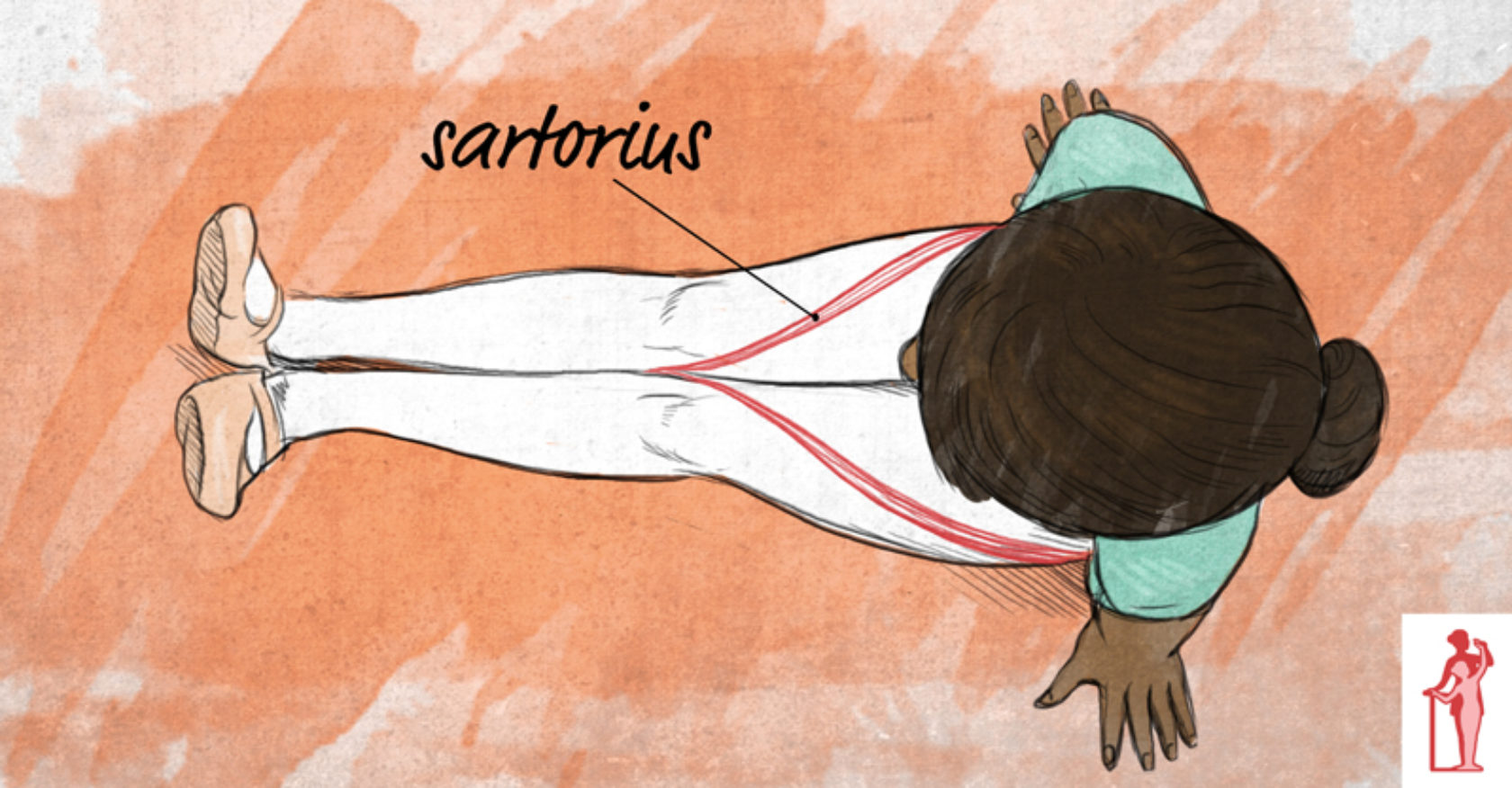Ballet teachers all over the world would agree that one of the biggest, most serious problems dancers face is injury from incorrect placement, sometimes due to the lack of knowledge of proper alignment and muscle use in ballet. While some teachers would say that the young ones cannot understand proper alignment anyway, I would argue that, even from the beginning levels–their very first pliés–they can and should be taught correct muscle use. Teachers who avoid this subject will have dancers with sloppy technique and a much higher chance of injury.
Review these concepts with your students, and often! The greater their understanding, the more their bodies will grow accustomed to safe dancing. When something is off, they will know!
Foot To Leg Alignment
Feet need to be in alignment with knees at all times. The feet, lower leg, and upper leg should line up in the same plane. This relationship should not be lost, whether in dancing or in other activities.
- A dancer’s first job is to correct the alignment of each foot at the ankle, and to keep it correct, all the time!
- Feet must learn to relax in order to maintain this correct alignment!
The 1984 International Olympic Congress on Sports and Dance stated as one of their conclusions that the most common cause of dance injury to lower legs, ankles, and feet was the failure of dancers to keep their feet and legs aligned as nature intended. Even a slight misalignment causes a weakening of the joints involved, and an imbalance in the muscle groups of the lower leg and foot.
Correct alignment of feet with knees is perhaps the most important concept of ballet placement for students to learn.
Turning Out for Ballet
Turnout is one of the qualities of style that distinguishes ballet from other dance forms. It needs to be developed slowly by gradually strengthening the muscles that produce it.
When the legs are turned out for ballet, it is important to keep the arches lifted, and to not turn the feet further than the thighs can turn. Correct use of the muscles that control the foot, ankle, and knee joints helps to prevent problems later.
Turnout is accomplished mostly by the use of two muscle groups:
- Inner thigh muscles, especially the sartorious muscle; and
- The outward rotator muscle group, located at the rear of the hip joint, inside, next to the joint itself.
Using the Inner Thigh Muscles
Have students sit on the floor with legs extended forward and together. They place their hands next to and in back of hips, arms straight, to help backs stay straight. Knees are extended, feet pointed.
- Rotate the legs from parallel to turned out, and back again, about four times.
- With legs turned out, lift one leg off the floor about six inches and lower it. Do not hold the position, just go up, then down. Repeat with the other leg. Give each leg four turns.
- Tell them to think about lifting from where the sartorius muscle starts, just inside the knee. This gives them a place to focus their effort.
Improving Arabesques
Those muscles that rotate the legs outward are the same ones that lift the leg correctly to the back in arabesques and attitudes. Learning to use these muscles correctly can add several inches to the height of the arabesque.
An exercise to help students learn to use correct muscles for arabesques: Have students lay on the floor, face down, chins resting easily on their hands, legs extended back and together. Keep knees stretched and feet pointed.
1. Rotate the legs from parallel to turned out, and back again, about four times.
Have them visualize the outward rotators next to the hip joint, at the back and slightly to the side of the joint. If they tighten the correct muscles, the legs will turn out.
2. With the legs turned out (keeping the knee extended and the foot pointed) lift one leg about four to six inches off the floor, then lower it again. Repeat with the other
The leg must lift directly behind its own hip joint, not behind the center of the body as students sometimes do. Give each leg four turns. It is very important that only the leg lifts off the floor. Keep the front hip (pelvic) bones in contact with the floor.
They cannot lift very high in this way. Height is not the object. The purpose of this exercise is to isolate, teach and strengthen the muscles which rotate the legs outward, and which are also very important in lifting the leg in arabesque.
Making these exercises a part of class can greatly improve the students’ muscle memory for correct alignment. Stay tuned for tips on how to correct errors muscle use, using muscles for jumping and how to encourage your students to maintain correct muscle use.
Related Articles


Comments
Gaye Hemsley says
Hi Kim Your article on muscle use mentioned the excises I have been teaching my students for the sixty years I have been teaching. I'm a great believer that classical ballet is the starting point for all forms of dance.
Add Comment